
Next week, there is going to be a lot of celebrating. Whether you’re raising a green pint to say SLÁINTE and cheer St. Patrick’s Day (March 17) or raising a glass of wine to say SALUTE for Italian Unification Day (also March 17 – both events, same day!), toasts will be made and glasses will be clinked.
Italians are fond of their Aperitivi: cocktails before dinner to open the stomach. As many of you know, one of the favourites at Travel*Food*Cool headquarters is the Aperol Spritz. After your Apertivo and a wonderful meal, it is time for the Digestivo: the drink that Italians swear by to “close” the stomach and aid digestion.
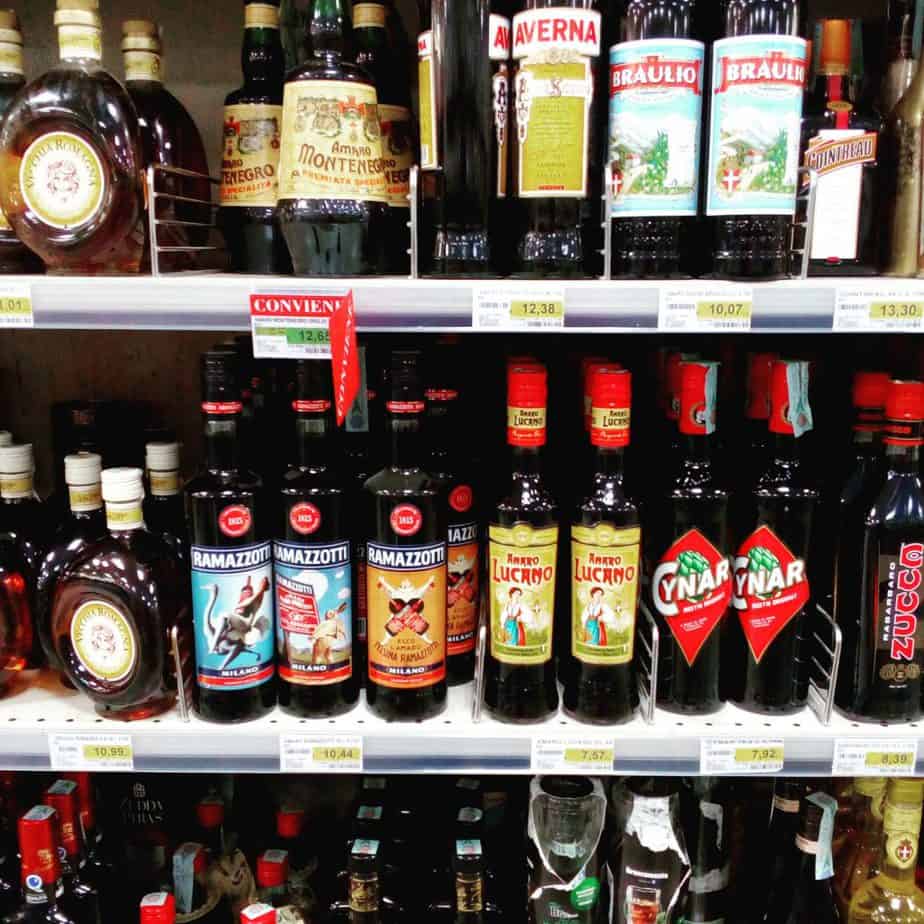
There are so many different types of Amari (Amari plural, Amaro singular) out there. Amari are grape brandy based with the addition of aromatic herbs, barks, peels, flowers and spices. Each brand is different and all are closely guarded secrets for the list and balance of ingredients. Most also were usually based on secret recipes from various religious orders. What is with monks and their liqueurs? I guess the alcohol creativity is an offshoot of the celibacy vows. (You know, if I can’t have sex, I might as well drink!)

While they vary in degrees of bitterness and approachability, once you acquire a taste for this after dinner elixir you will be hooked! Usually, Amaro is consumed neat, although I am fond of it over ice.
Amaro used to be extremely difficult to find. The only way you could get your hands on your after dinner drink was over in Italy and then imported in your suitcase. Now, Amaro is having its day in the sun. While Amaro is typically Italian, France has its fair share and now it even seems that some American Amari are being produced. On a recent trip to ZYN in Calgary, we found braVo Amaro batch 4 and batch 14 for sale.
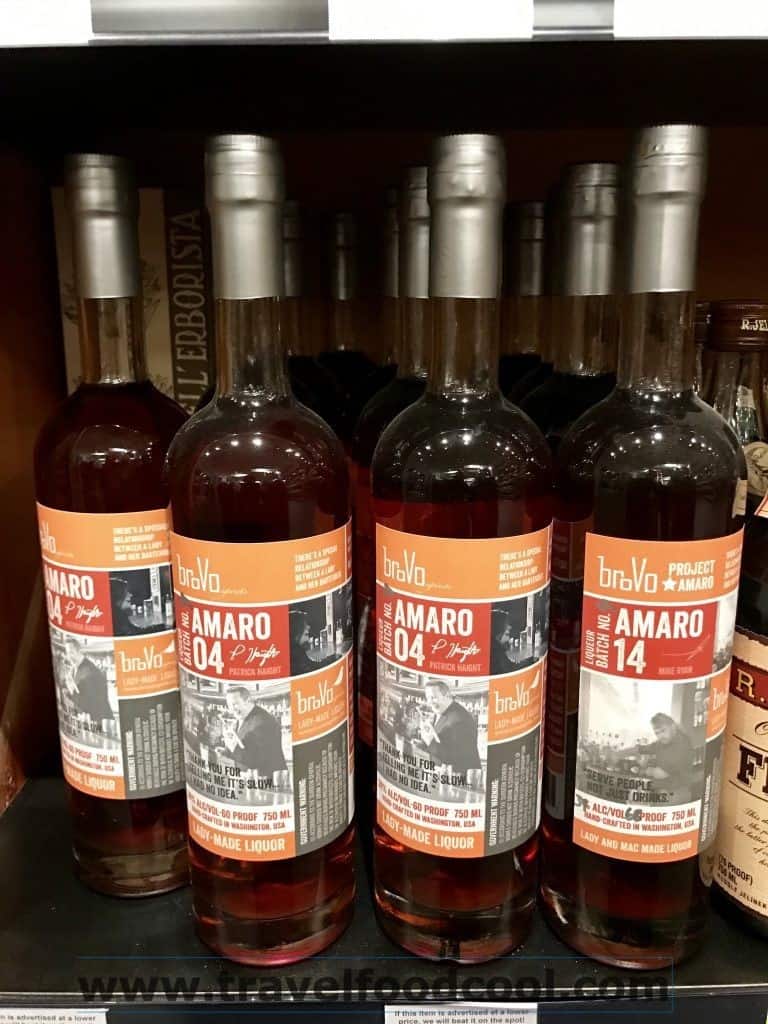
So now that I’ve got you thinking, “Hey I’ve got to try Amaro, purely for health reasons, of course”, where do you start?
Let’s start with 5 Amari for the beginner.
Amaro Montenegro – I have to admit, this is the Amaro that started it for me. We first saw this at the local COOP in Italy, and to be honest, bought it for a bit of fun as it included a free watch. (Yes, they have some pretty cool promotions in Italy.) This is the gateway Amaro. It is extremely approachable, with notes of vanilla and orange peel. It has been produced in Bologna since 1885 and was named after Princess Elena of Montenegro.
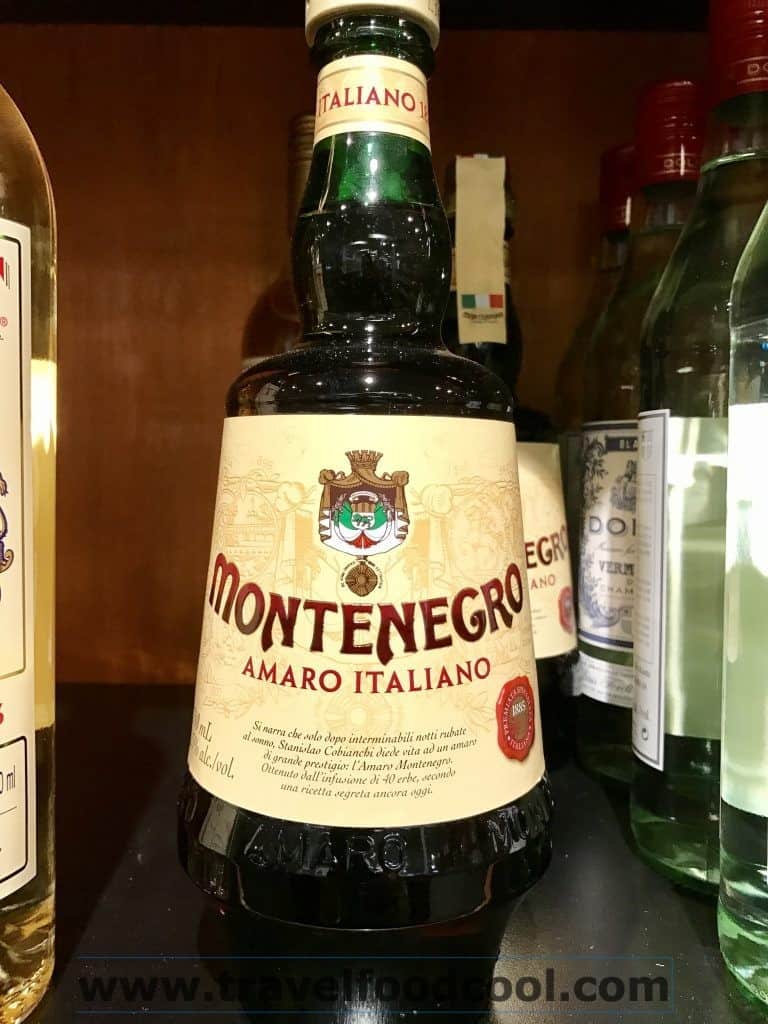
Amaro Averna – invented in 1868 in Sicily and named after Salvatore Averna, it is considered a Sicilian traditional drink. It is thick, citrus based, slightly sweet and very easy drinking. It also shines in numerous cocktails which will be highlighted in a future post.
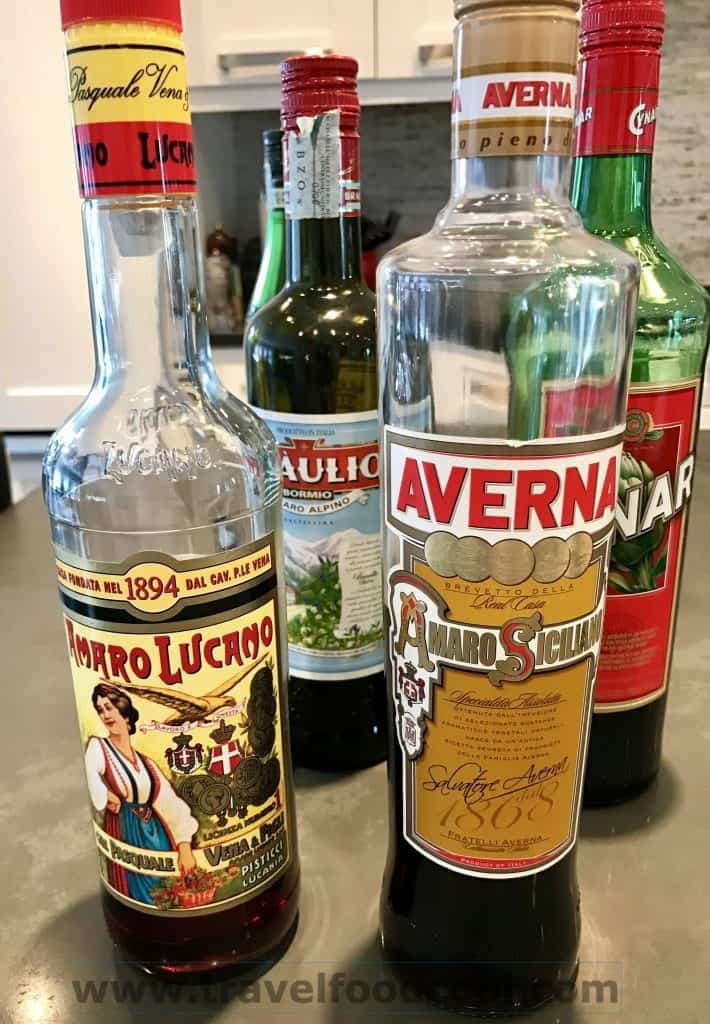
Amaro Lucano – was created by a pastry chef, Pasquale Vena in Pisticci in 1894. On the label appears the coat of arms of the House of Savoy, as Lucano became the official supplier in 1900. in 2014, it won the Gold Medal at the San Francisco World Spirits Competition. Amaro Lucano is well balanced between medium sweet and herbal bitter with notes of cinnamon and caramel.
Ramazzotti – this is another great entry-level Amaro first produced in Milan in 1815 by Ausano Ramazzotti. It is very easy drinking with a slight orange, root beer and cola flavour. Inside, 33 herbs, fruits and roots and no artificial colours give this opaque dark brown Amaro its flavour and colour.
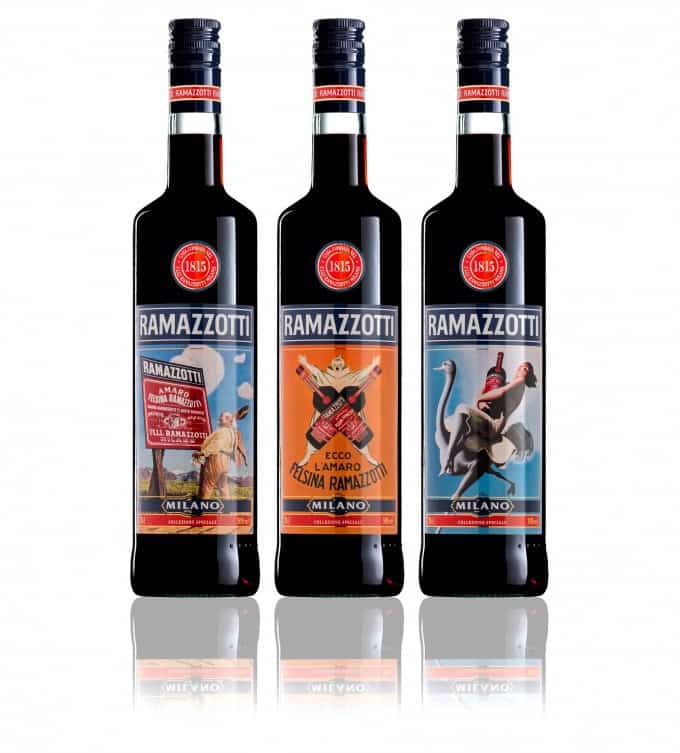
Amaro Nonino Quintessentia – maybe one of the first higher end Amari that grabbed North America’s attention. From Friuli, this is a relatively “new” Amaro, from 1933. The secret mix includes including gentian, saffron, liquorice, rhubarb, sweet and bitter orange, tamarind, quassia bark, chinchona bark, and galenga, among other things and is aged for 5 years in barrels.
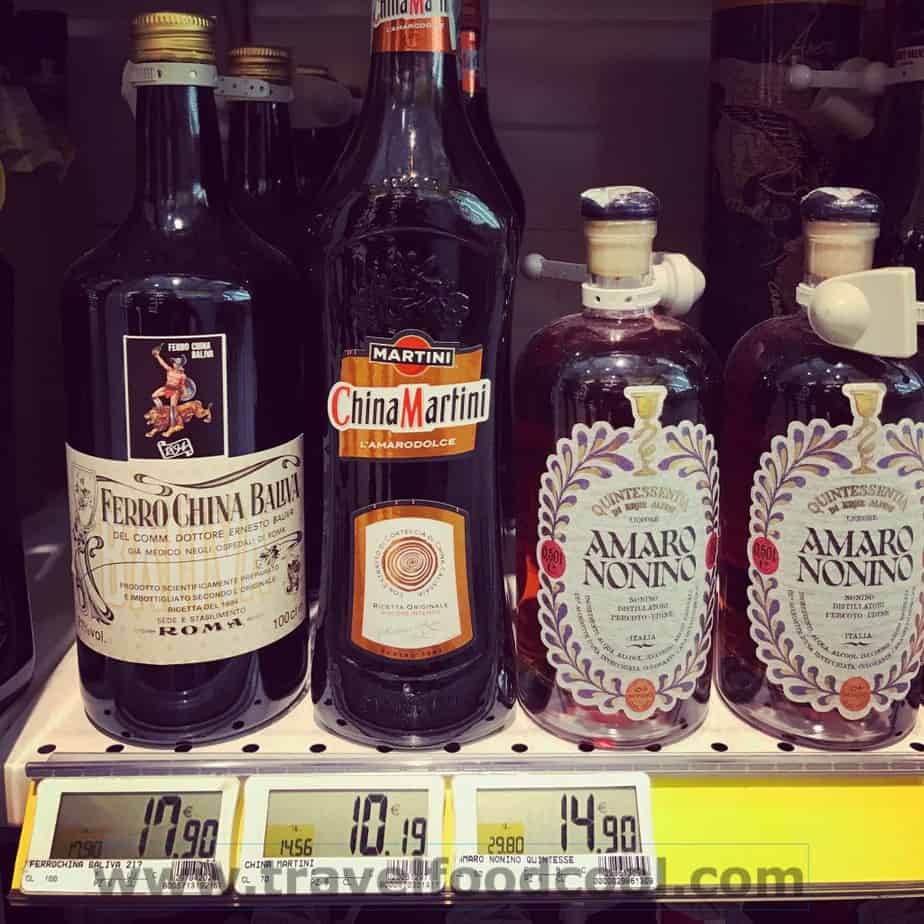
Once you have mastered these Amari, it is time to increase your bitterness levels or try something a little more exotic
Cynar – this is an artichoke Amaro. Yes, you read that correctly, Amaro from artichokes! It does not, however, taste like artichokes, but is dark brown, savoury herbal with earthy notes and a sweet caramel finish. This is an Amaro that plays well with others (traditionally soda, orange juice or tonic) and appears in many cocktails, including a play on the Negroni. This is the youngest – production only started in 1952 – by Angelo Dalle Molle a Venetian entrepreneur and philanthropist.
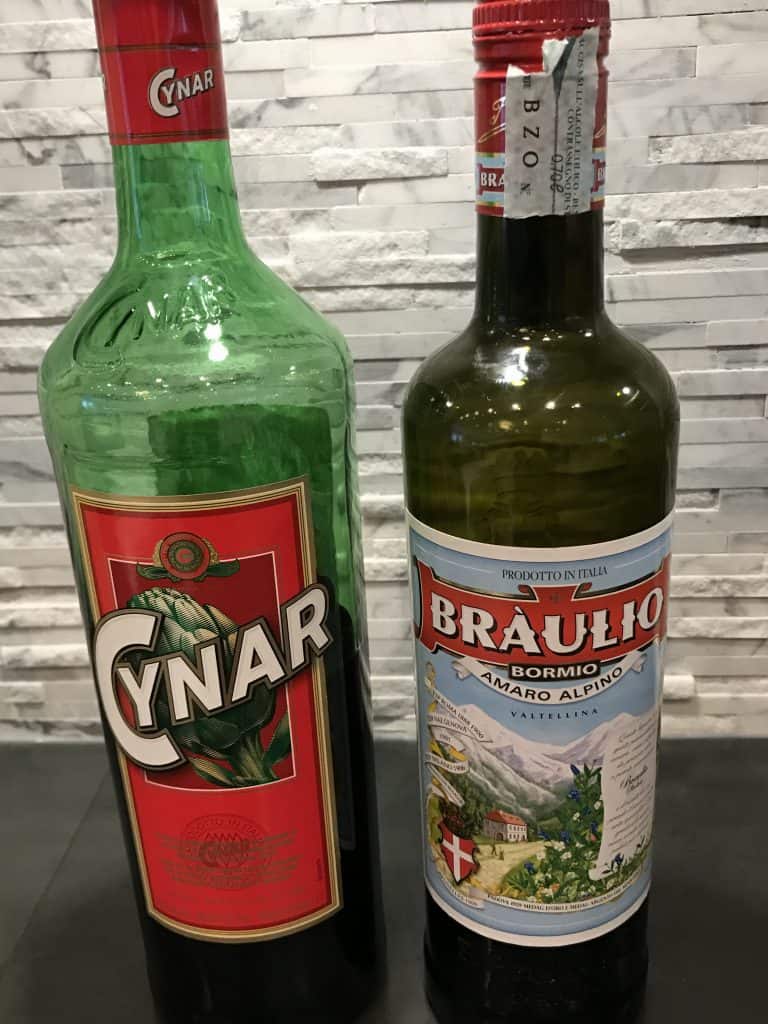
Amaro Alpino Braulio – memories of Lago di Como flood back every time I drink Braulio. This is the first place I had it with Pete when we stayed at the Grand Villa Serbelloni (the gorgeous grand dame in Bellagio). First produced by chemist Francesco Peloni in 1875 in Bormio, this may be one of the northern-most Amaro; it even bills itself as the Alpine Amaro. It, like Nonino, is also barrel aged, this time for two years.
Amaro Dell’Erborista – the unfiltered offering from Varnelli (1868) is produced over a wood fire with Italian and exotic herbs, roots and barks. The smokiness from the fire really comes through. The slight sweetness comes from honey from Monte Sibilini. This is a lower alcohol moderately bitter digestivo.
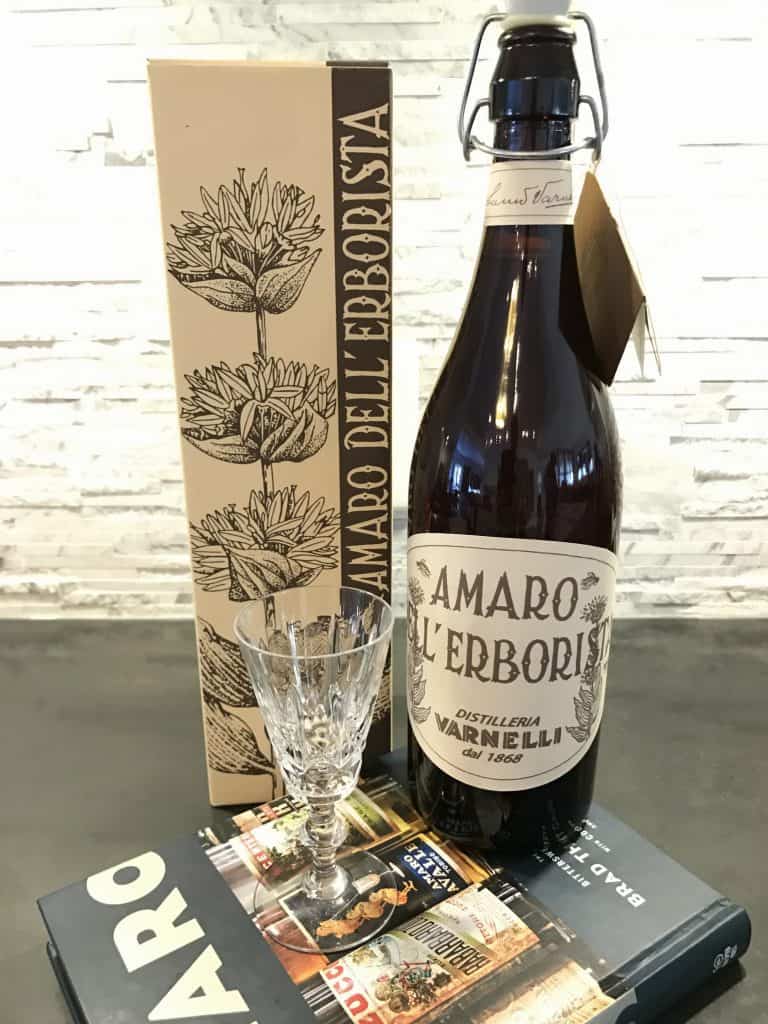
Fernet-Branca – the most famous of the Fernets from Milan in 1847. This Amaro blend has black alloy ferox, myrrh, saffron, chamomile, rhubarb and mint basically hit you smack in the face. Dorothy, you are not in Kansas anymore. It has been referred to as Vics VapoRub in a glass. (Side note, 17% of the world’s saffron supply is claimed to go to Fratelli Branca.)
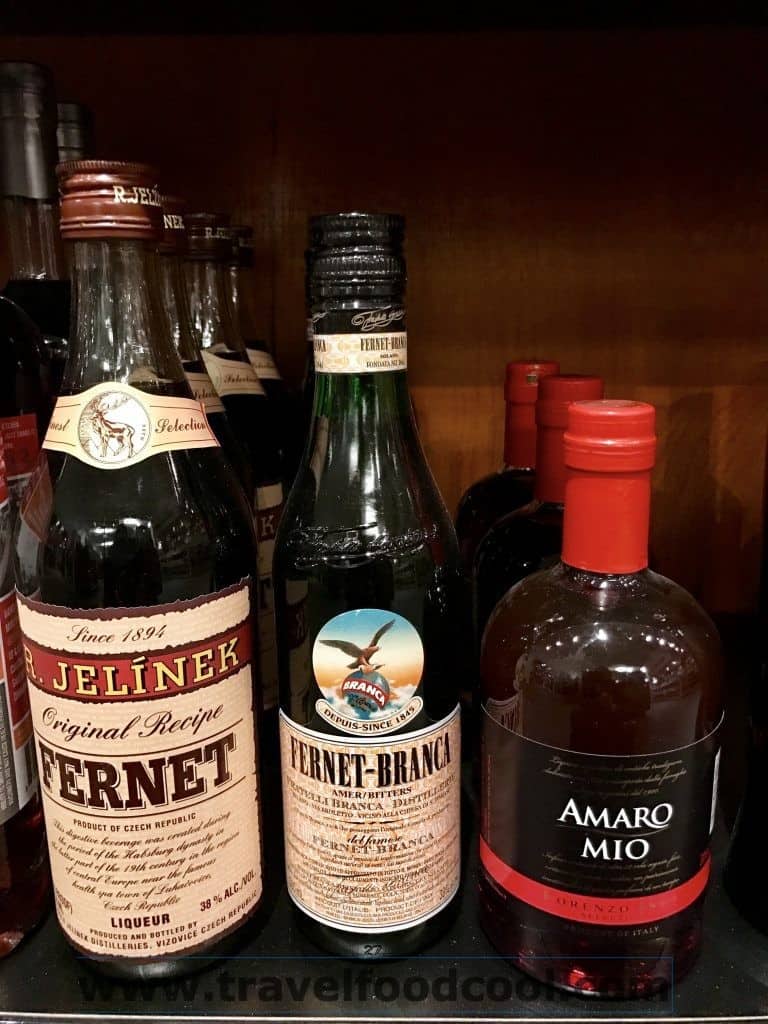
Amaro Sibilla – I will tell you right now, this is an Amaro you work up to! Another Varnelli offering, dating from 1868, it is very bitter and very strong. On the nose, it is surprisingly sweet. Af first taste you get dried fruits, herbaceousness, and a caramel coffee flavour, then the bitter shows up with a long finish that hits you unapologetically.
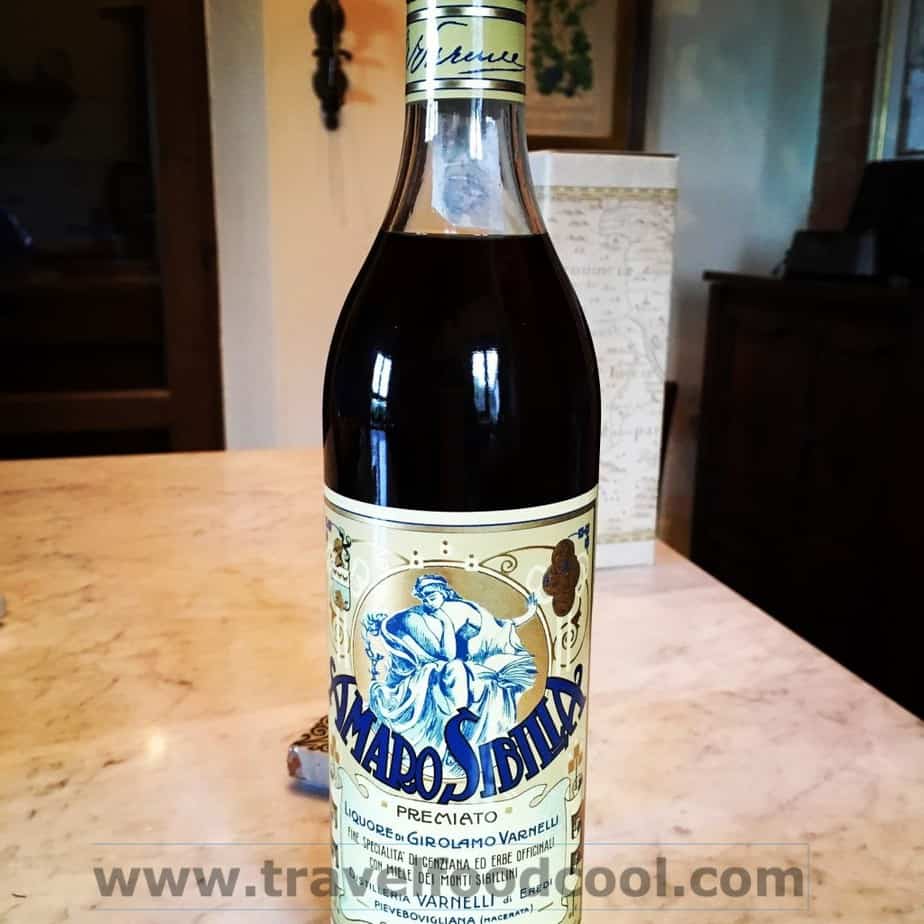
Cocktailer and bartenders have discovered Amari as a cocktail base or ingredient and are using the popular Digestivi as Aperitivi! Famous cocktail author Brad Thomas Parsons has written an entire book devoted to Amaro-based cocktails appropriately called “Amaro”.
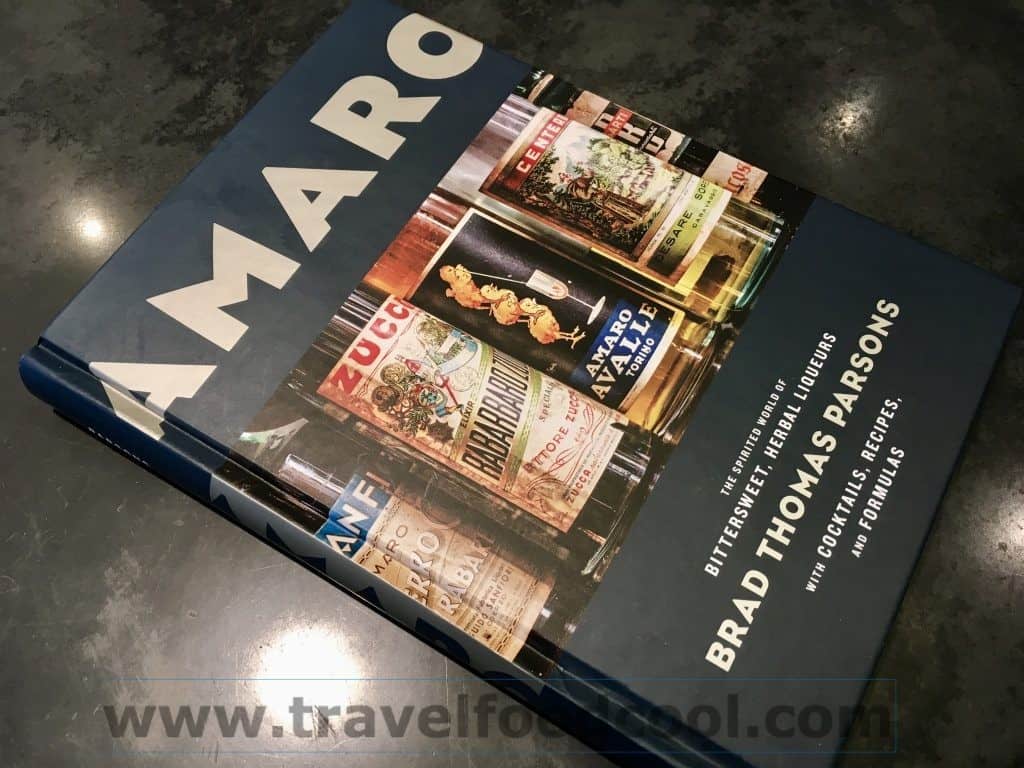
So next week, whether you are raising a glass to St. Patrick or Italian Unification remember – GET BITTER! Don’t forget to end your meal and day with an Amaro – your stomach will thank you for it.






















Awesome post Elin! So informative and comprehensive. It’s a great reference for anyone wanting to have all their Amaro info in one place.
Thanks Carla!
Excellent post Elin! I’m really excited as I’m acquiring a bit of a collection myself. We need to sit down and compare notes sometime. I want to ask you about every amaro in this post! Haha! Did I ever give you my notes on S. Maria?? If not, let me know and I’ll DM you on instagram. Cheers and thank you for sharing!
Thank you!
Buying Amaro can be quite addicting, can’t it? (See photo of my ever expanding Amaro collection in Italy.)
Would love to switch notes and yes, please DM me your S. Maria thoughts!
Thanks for reading!